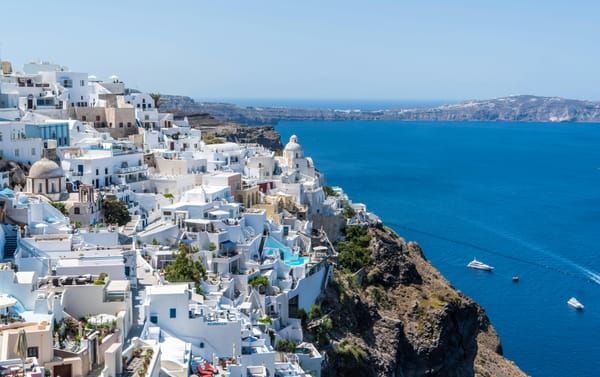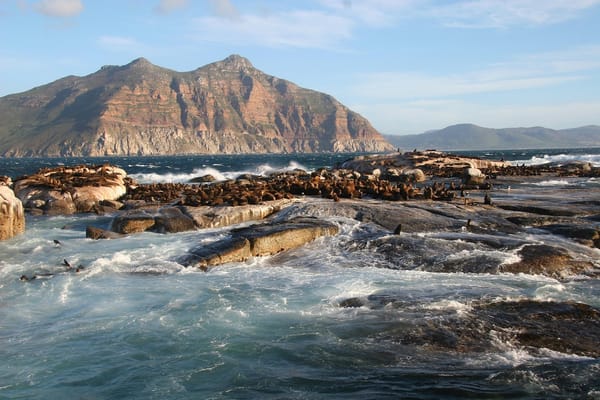Friday☕️

Trending:
- On August 6, 2025, the U.S. Department of the Treasury's Office of Foreign Assets Control (OFAC) announced sanctions against three high-ranking members and one prominent associate of the Cartel del Noreste (CDN), a violent Foreign Terrorist Organization (FTO) formerly known as Los Zetas, for their roles in fentanyl trafficking, human smuggling, money laundering, extortion, and narco-terrorism. The sanctioned individuals include Abdon Federico Rodriguez Garcia, CDN's second-in-command involved in drug operations and executions; Antonio Romero Sanchez, a leader overseeing violent activities in key border regions; Francisco Daniel Esqueda Nieto, who directs tactical assaults; and Ricardo Hernandez Medrano, a narco-rapper whose music revenue launders funds for the cartel.
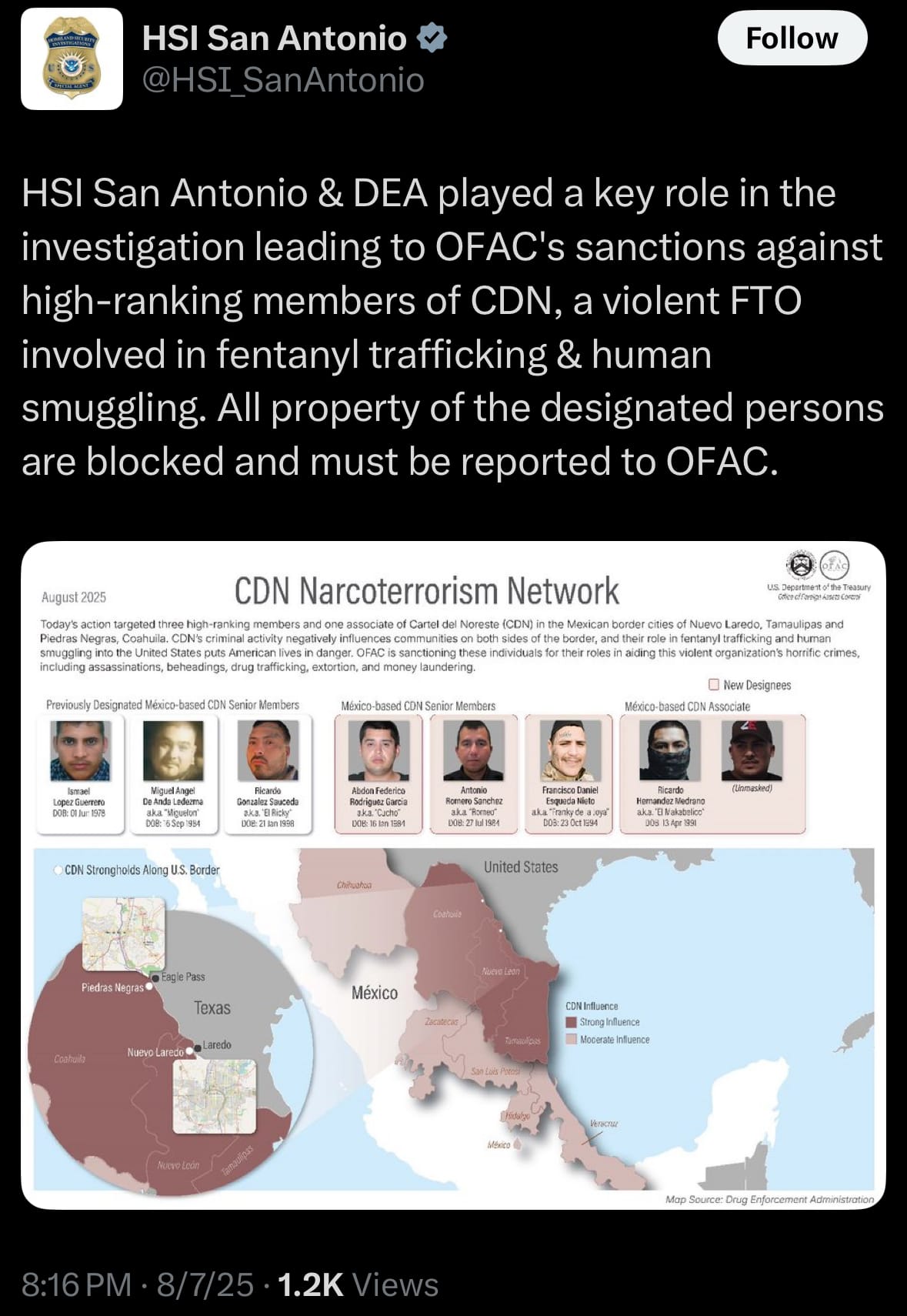
- This action, coordinated with Homeland Security Investigations (HSI) San Antonio and the Drug Enforcement Administration (DEA), blocks all U.S.-related property of the designees and prohibits transactions with them, aiming to disrupt CDN's financial networks amid its control over border crossings like Nuevo Laredo and Piedras Negras, where it smuggles fentanyl precursors from China and exploits migrants through kidnapping and forced labor. CDN emerged as a splinter from Los Zetas in the mid-2010s, inheriting its brutal tactics from ex-Mexican special forces, and has been designated an FTO since February 2025 under Executive Order 13224, escalating U.S. responses to its threats. The U.S. strategy increasingly targets cartel financials through OFAC sanctions under the Kingpin Act and E.O. 14059, freezing assets and isolating revenue streams like fuel theft and royalties, while clandestine operations by HSI and DEA involve intelligence gathering, undercover infiltrations, and joint task forces with Mexican authorities to trace money laundering and arms flows.
Economics & Markets:
- On August 7, 2025, President Donald Trump signed an executive order instructing the U.S. Department of Labor to update fiduciary rules under the Employee Retirement Income Security Act (ERISA). This change seeks to permit the inclusion of alternative investments, such as cryptocurrency, private equity, and real estate, in retirement accounts like 401(k) plans, which collectively hold more than $12 trillion in assets. The order requires collaboration with the Treasury Department and Securities and Exchange Commission to establish consistent standards of prudence for these options, ensuring fiduciaries act in employees' best interests.
- It overturns previous guidance from the Biden administration that discouraged cryptocurrency in such plans, though adding these assets would involve assessing factors like market volatility and associated costs. This executive order aligns with efforts to expand options for retirement savers by incorporating digital assets into traditional financial systems, though it does not grant immediate approval and instead launches a regulatory review. The policy's full effects will depend on how agencies implement the revisions and address compliance requirements, reflecting ongoing debates over balancing financial innovation with investor protection in U.S. retirement planning.
- Yesterday’s U.S. stock market:
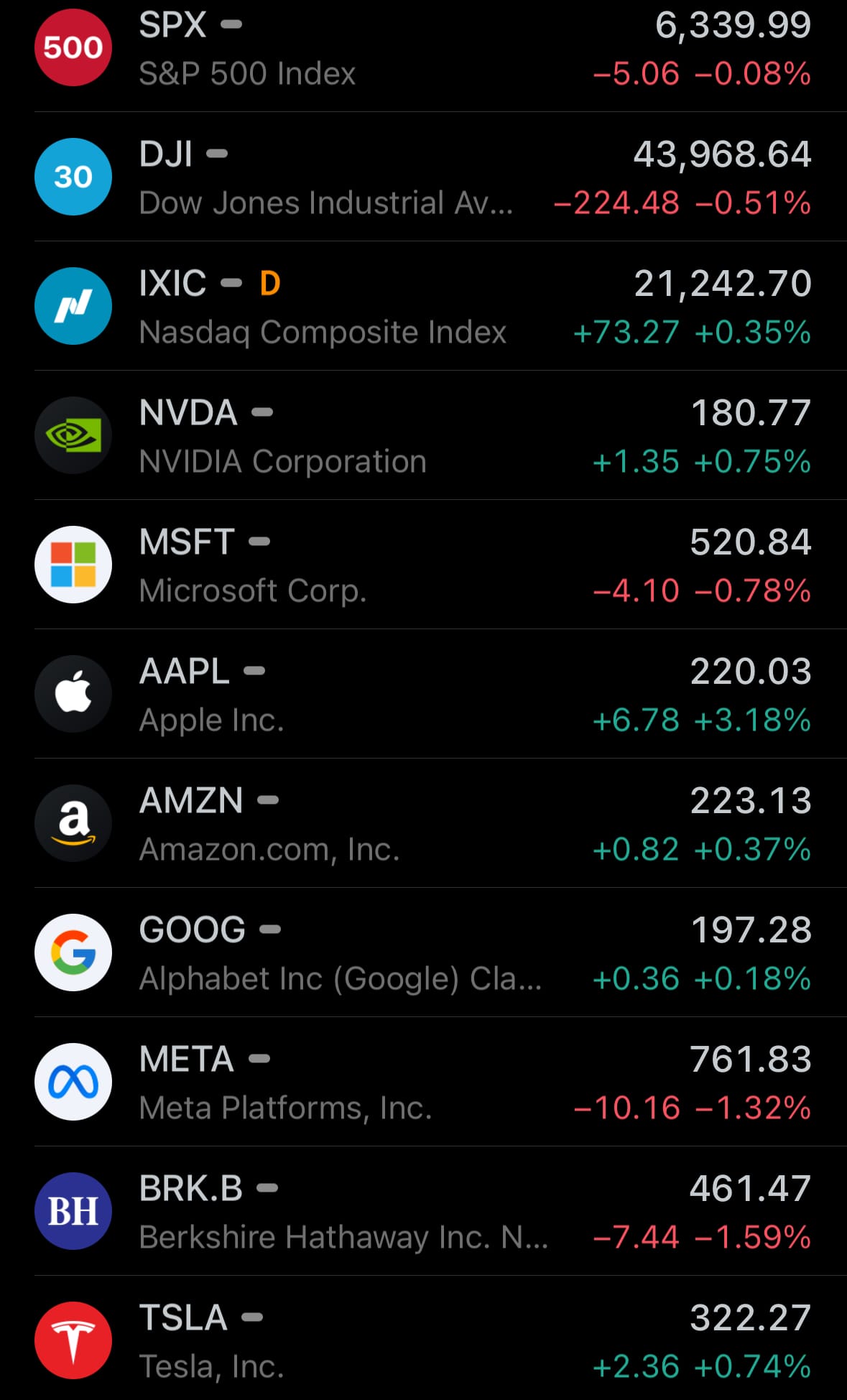
- Yesterday’s commodity market:
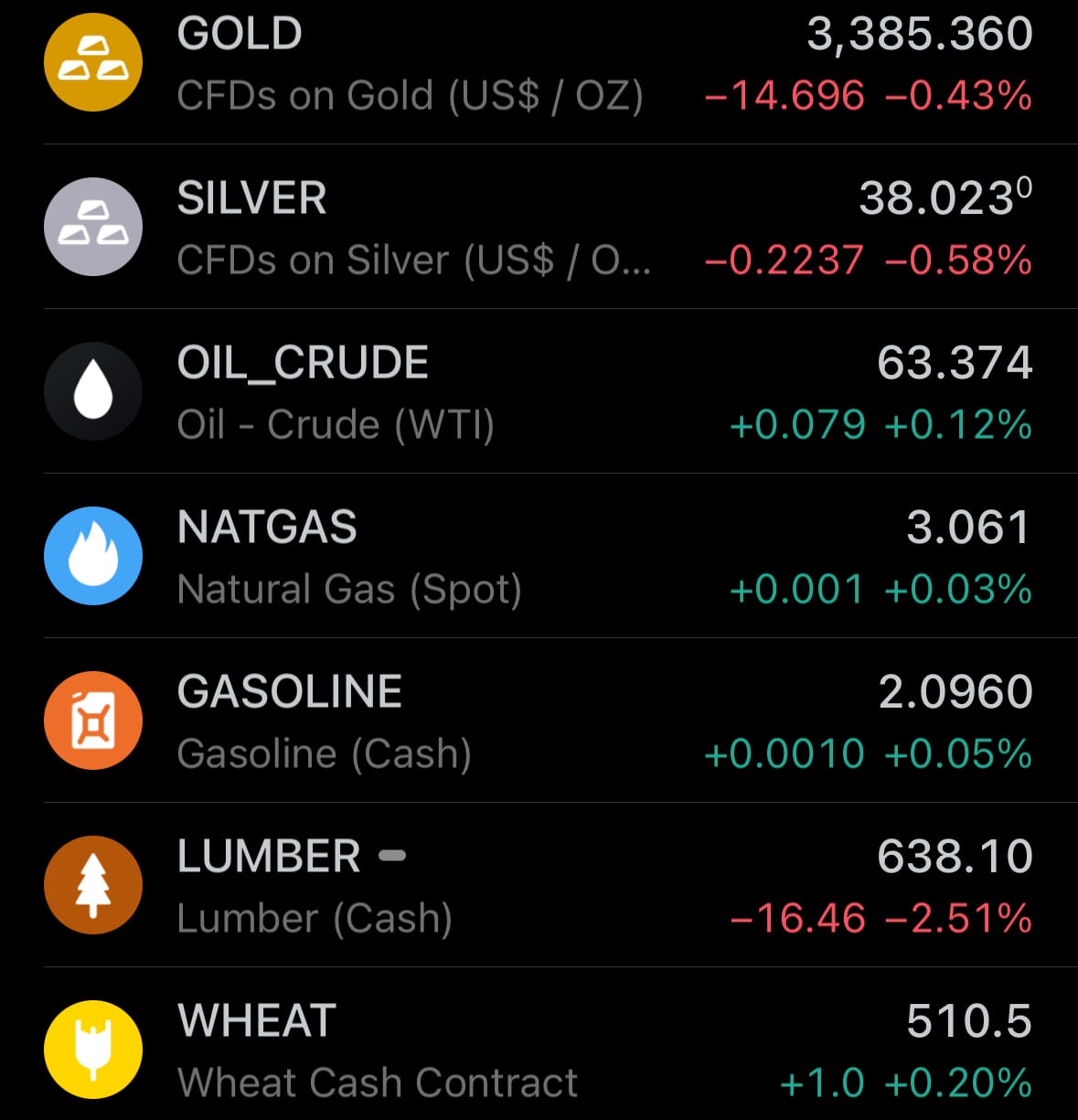
- Yesterday’s crypto market:
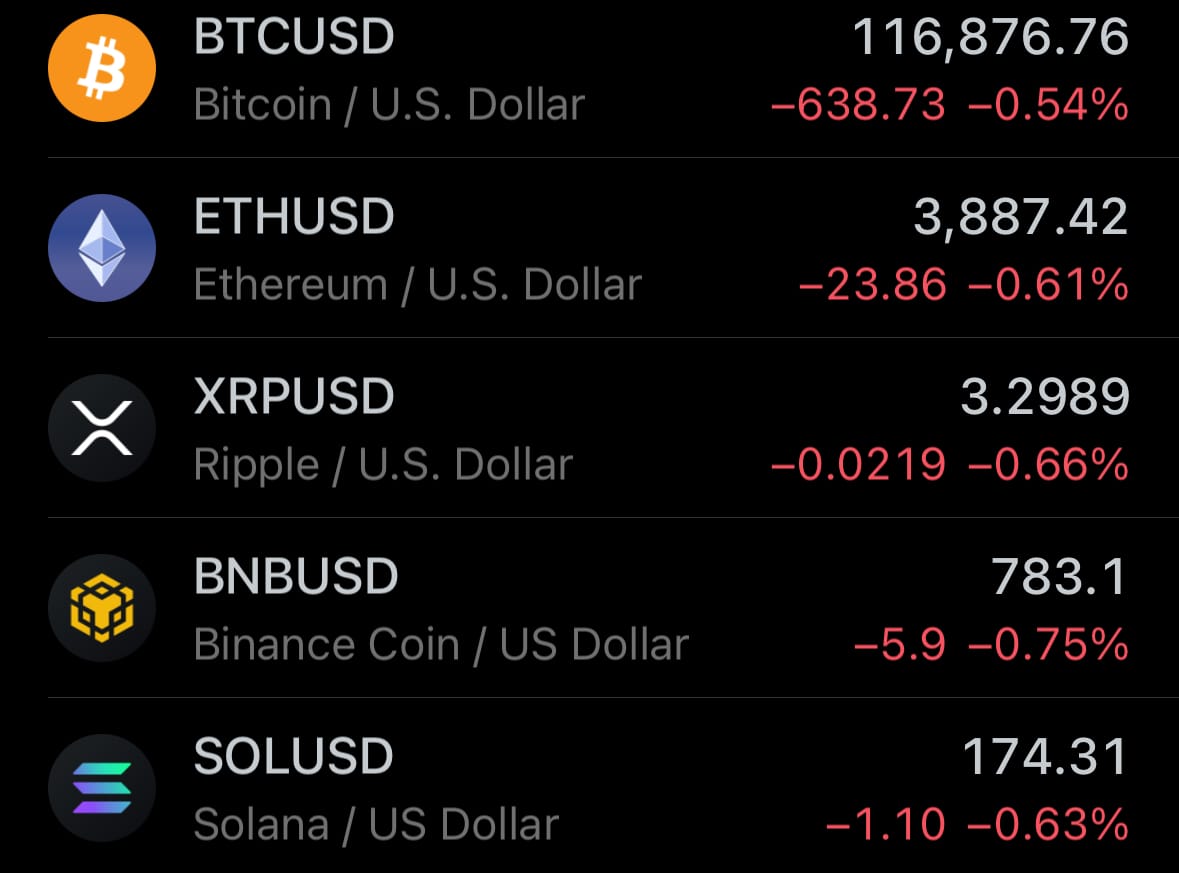
Environment & Weather:
- On August 7, 2025, a severe flash flood hit Setti Fatma in the Ourika Valley, Morocco, triggered by intense rainfall that caused the local river to overflow rapidly and inundate the area. Social media videos captured muddy, turbulent waters surging through the village at night, overwhelming bridges, roads, and nearby buildings, resulting in significant property damage and disruption to daily life. Residents were surprised by the sudden onset, leading to chaotic scenes, though early reports have not confirmed any casualties or injuries, with the full extent of impacts still emerging.
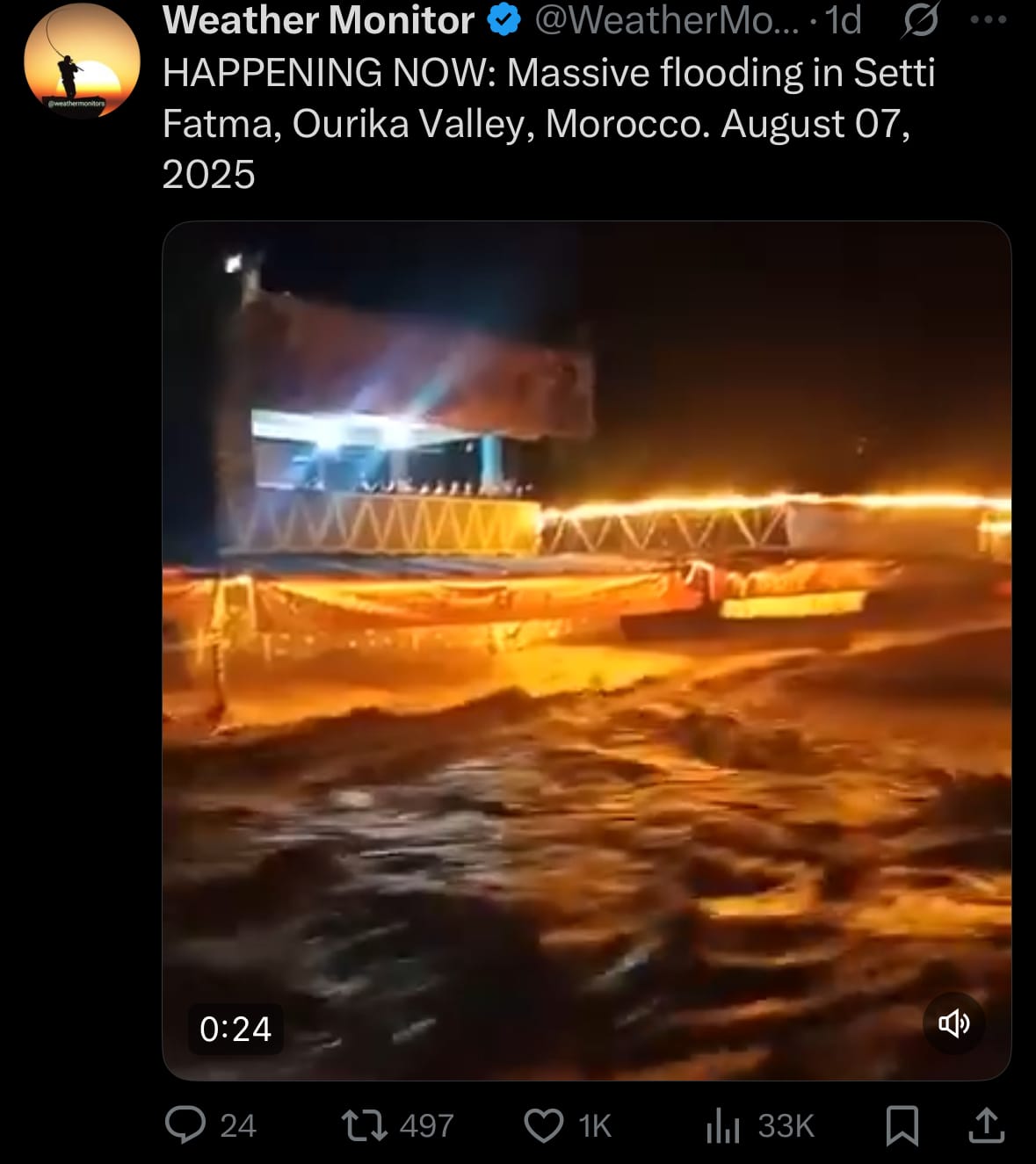
- The Ourika Valley, situated in the High Atlas Mountains approximately 60 kilometers from Marrakech, is renowned as a tourist spot for its seven waterfalls, Berber villages, and scenic hikes, but its steep terrain makes it prone to flash floods during heavy storms. Historical events, including deadly floods in 2014 and more recent incidents, have underscored the region's vulnerability, often linked to seasonal weather patterns and potential climate influences. Local authorities are expected to lead rescue and recovery operations, focusing on damage assessment, infrastructure repairs, and support for affected communities, highlighting the need for improved flood risk management in this popular yet hazard-prone area.
Science & Technology:
- On August 7, 2025, OpenAI announced the release of GPT-5, described as a substantial advancement in AI capabilities compared to prior models. This new version is positioned as more intelligent, efficient, and practical, with strengths in areas such as coding, mathematics, science, writing, health advice, finance, law, and image analysis. Notable enhancements include better handling of intricate coding tasks like front-end development and error correction, more nuanced writing that captures emotional tones, context-aware health information, and built-in safety mechanisms that offer alternative suggestions when queries approach restricted topics.
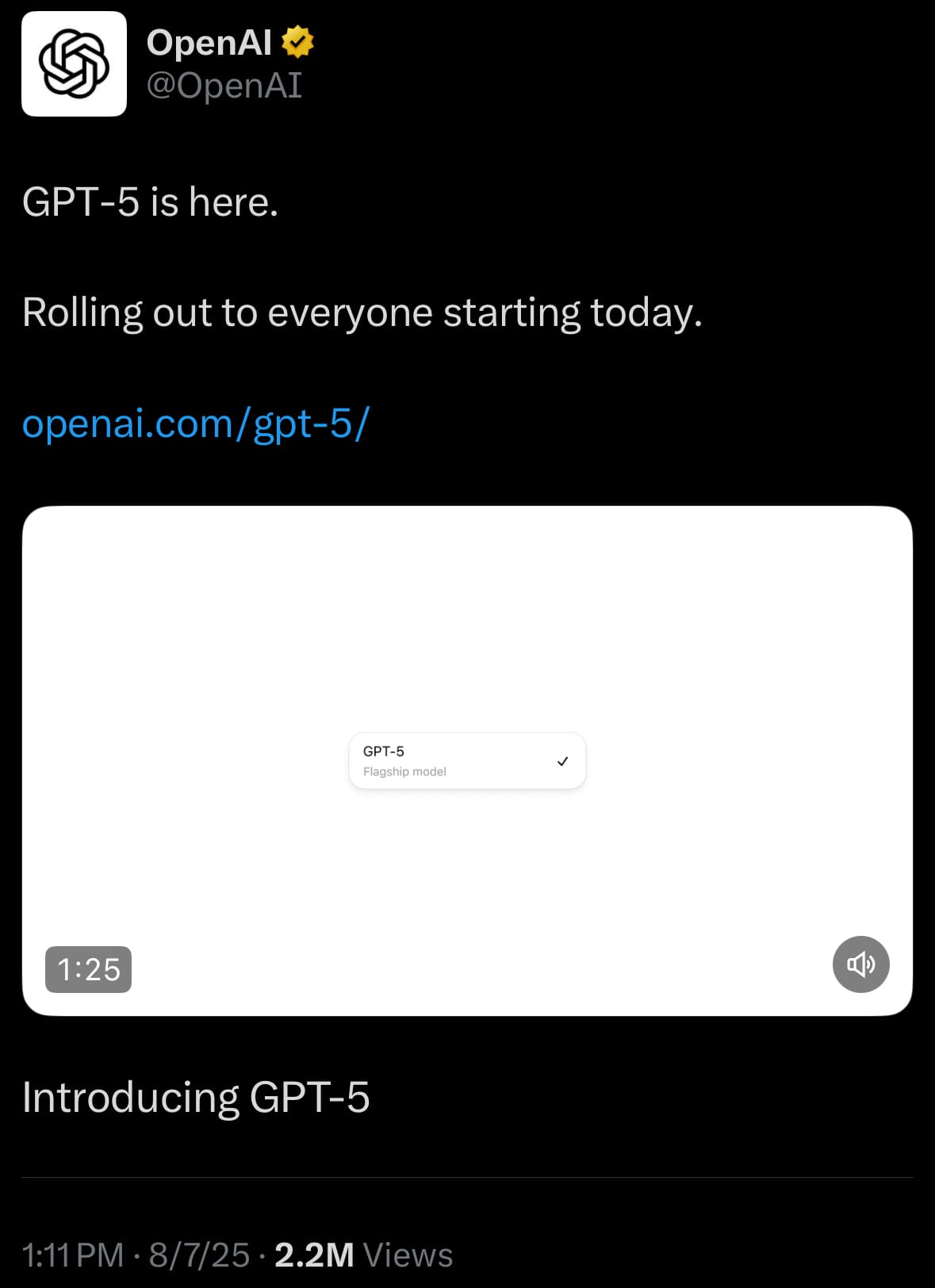
- The rollout of GPT-5 began immediately for all ChatGPT users across free, Plus, Pro, and Team plans, with Enterprise and Education access planned for the following week; free users face usage caps before reverting to the quicker GPT-5 mini. It now serves as the default model in ChatGPT, though Pro subscribers get unrestricted access and can opt for older versions. Integration extends to partners like Microsoft products and GitHub Copilot in a preview phase, sparking broader industry conversations about AI investment viability.
Statistic:
- Largest assets on Earth by market capitalization:
- Gold: $23.451T
- 🇺🇸 NVIDIA: $4.408T
- 🇺🇸 Microsoft: $3.871T
- 🇺🇸 Apple: $3.265T
- 🇺🇸 Alphabet (Google): $2.380T
- 🇺🇸 Amazon: $2.379T
- Bitcoin: $2.340T
- Silver: $2.178T
- 🇺🇸 Meta Platforms: $1.913T
- 🇸🇦 Saudi Aramco: $1.568T
- 🇺🇸 Broadcom: $1.428T
- 🇹🇼 TSMC: $1.258T
- 🇺🇸 Tesla: $1.039T
- 🇺🇸 Berkshire Hathaway: $995.41B
- 🇺🇸 Walmart: $822.94B
- 🇺🇸 JPMorgan Chase: $789.01B
- 🇺🇸 Oracle: $700.49B
- 🇨🇳 Tencent: $652.65B
- 🇺🇸 Visa: $644.56B
- 🇺🇸 SPDR S&P 500 ETF Trust: $580.26B
- 🇺🇸 Eli Lilly: $575.32B
- 🇺🇸 Mastercard: $507.34B
- 🇺🇸 Netflix: $501.56B
- Ethereum: $472.65B
- 🇺🇸 Exxon Mobil: $451.69B
History:
- The origins of machine learning (ML) trace back to the mid-20th century, when early pioneers like Alan Turing, Marvin Minsky, and Arthur Samuel began exploring the idea of computers that could learn from data rather than follow rigid instructions. Samuel’s 1959 checkers-playing program is often cited as one of the first true examples of ML, using experience to improve performance over time. Theoretical foundations emerged alongside these experiments, with the development of perceptrons in the 1950s and 60s and statistical learning theory in the 1970s, though limitations in computing power and data availability restricted practical progress. By the 1980s and 90s, advances like decision trees, support vector machines, and ensemble methods began to mature, while the backpropagation algorithm revived interest in neural networks.
- From the 2000s onward, the explosion of digital data, more powerful GPUs, and breakthroughs in deep learning drove ML into the mainstream. Landmark successes like AlexNet’s 2012 ImageNet victory, Google DeepMind’s AlphaGo defeating a world champion in 2016, and the rapid rise of natural language models like GPT transformed ML from an academic pursuit into the backbone of modern AI applications. Today, ML powers everything from recommendation systems and autonomous vehicles to scientific discovery and personalized healthcare. With the integration of generative AI, reinforcement learning, and multimodal models, machine learning has evolved into a versatile and adaptive field, shaping both the present and future of technology.
Image of the day:
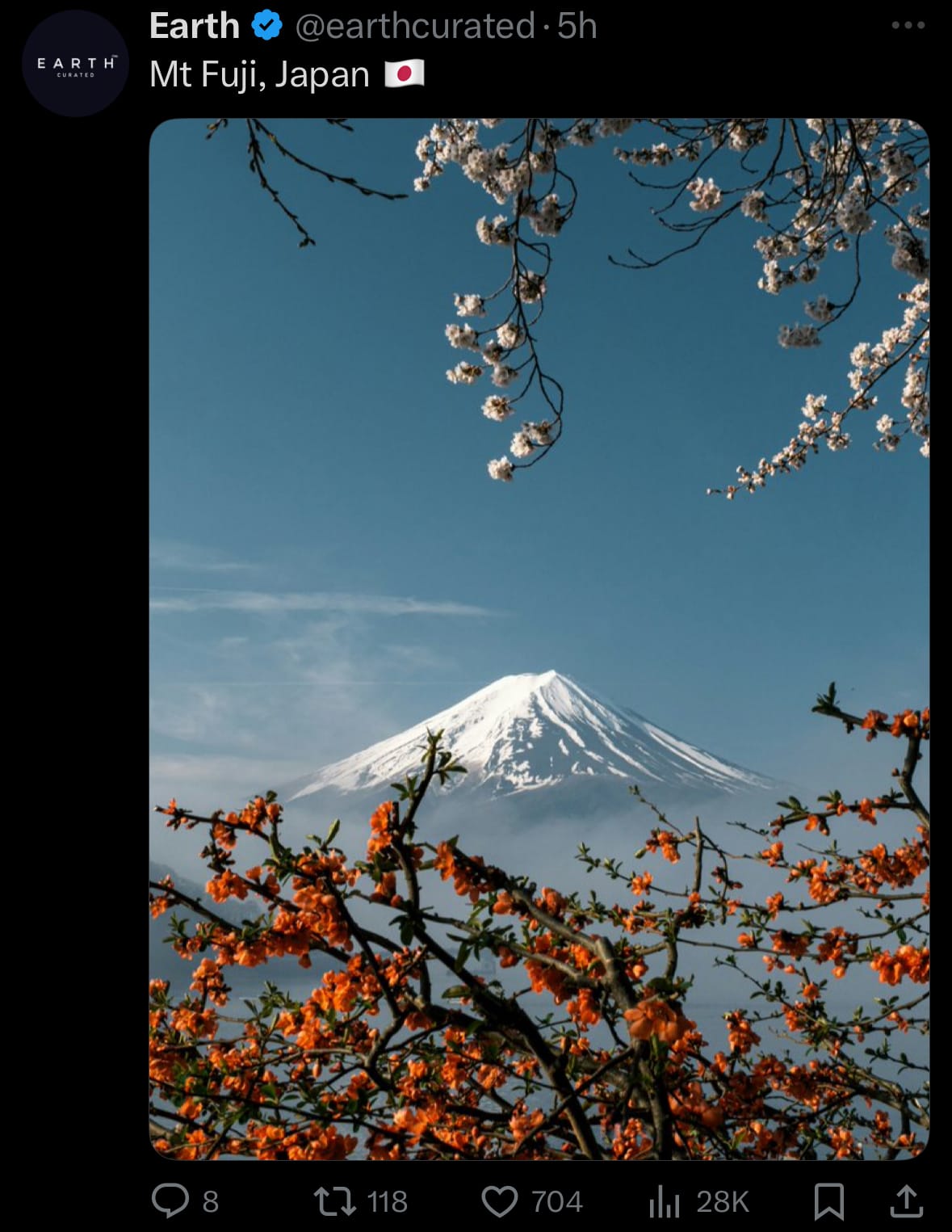
Thanks for reading!
Earth is complicated, we make it simple.
Click image to view the Earth Intelligence System:
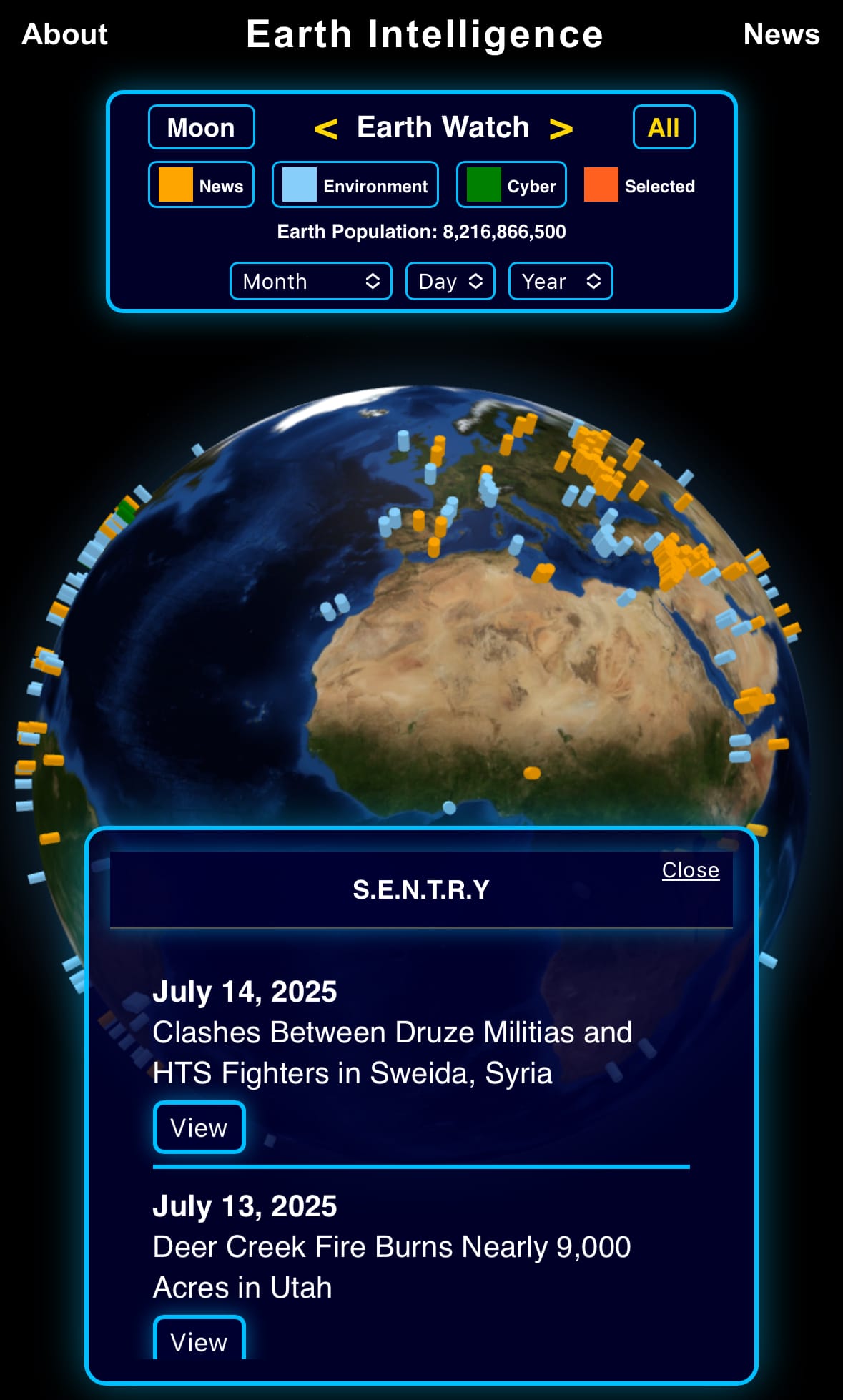


Support/Suggestions Email:
earthintelligence@earthintel.news

